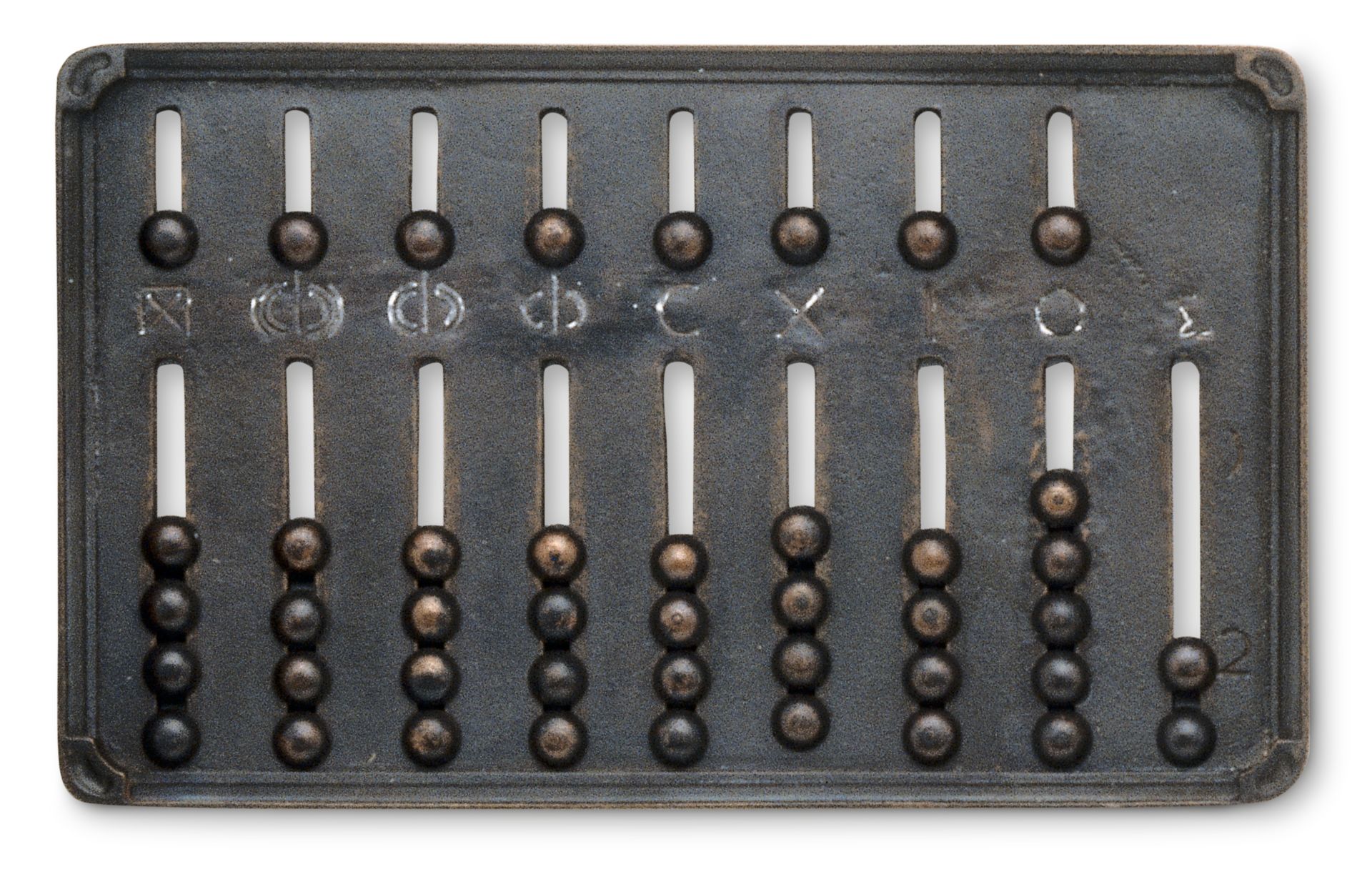
The 2.11-centimeter-wide wooden bead resembles the beads used today. The book was compiled during Ming Dynasty (1368-1644) emperor Yongle's reign.ġ929: An abacus bead was unearthed in Julu county, Hebei province.

In the painting Riverside Scene at Qingming Festival, created by Zhang Zeduan (1085-1145), the suanpan can be seen on an herbal medicine shop's desk.ġ403-1425: Standardized measurements of all the parts of an abacus, indicating the sizes of the rods and frames, were recorded in The Carpenter Classic of Lu Ban. This is direct evidence of its spread as a calculation tool. It's believed the abacus had by then taken a form like today's.ġ102-1110: A suanpan, or abacus, first appeared in a painting.

Other methods included counting rods, mental arithmetic and the like. But some believe the beads are instead ammunition for such toys as slingshots.ĪD 1st-2nd centuries: Methods for computing square roots, cube roots and other complex operations using counting rods were recorded in Jiuzhang Suanshu, or Nine Chapters on the Mathematical Art - one of China's earliest mathematical texts.ĪD 561-577: The Chinese expression zhusuan, or abacus calculation, first appeared as one of the 14 calculation methods in Shu Shu Ji Yi, or Notes on Traditions of Arithmetic Methods. Supported by the 1976 archaeological discovery of 90 ceramic beads in Qi county, Shaanxi province. Culture that counts Vidieo: Kids find abacus a total alien objectġ095-90 BC: Earliest date of possible origin of abacus calculation in China.


 0 kommentar(er)
0 kommentar(er)
